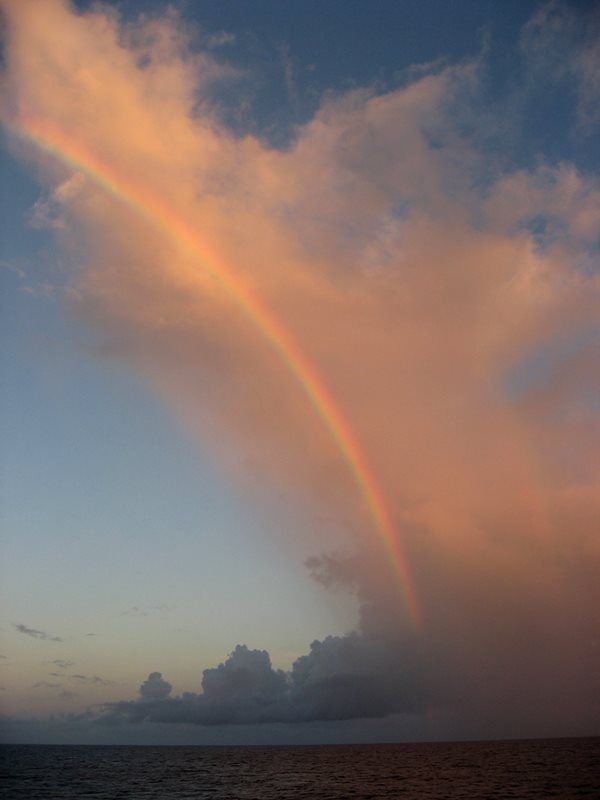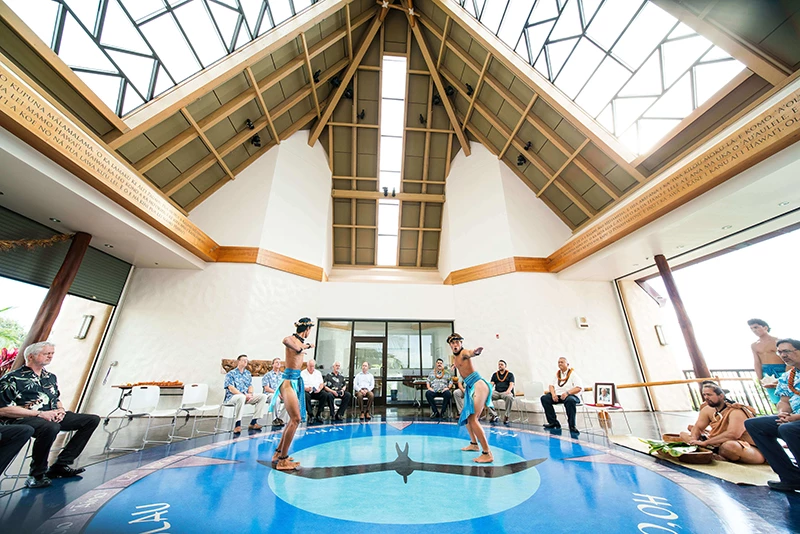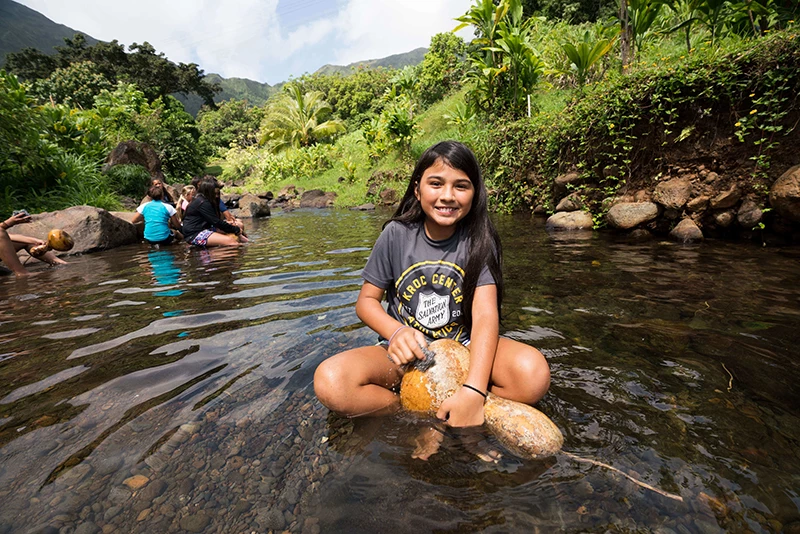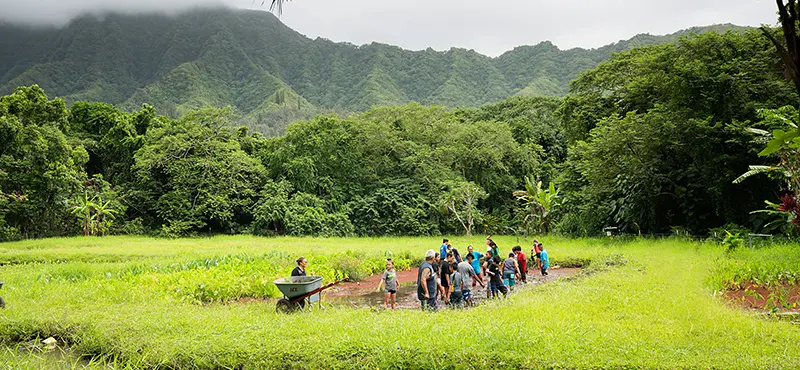Every culture has its own notion of the afterlife and the connection between the material and spiritual worlds. During Halloween we will see many modern notions of death and the afterlife in costume form – from ghosts and ghouls to the Grim Reaper.
According to preeminent Hawaiian scholar Mary Kawena Pukui, many things are ʻeʻepa or unexplainable. But Hawaiians believe that spiritual encounters are natural, normal, and expected: that the divide between the living and dead is cobweb thin, and that the ʻuhane (spirit, soul, or animating force) can still be felt, seen, heard, and sensed by the living.
It is said that spiritual encounters are most likely to occur during a certain moon phase known as pō Kāne. Pō Kāne is a night that falls at the end of the lunar cycle. It is the 27th night of the lunar month, when a waning crescent moon looms low in the night sky.
Similar to Halloween, it is a time that invokes a raised awareness of the supernatural. Stories and sayings proclaim that on pō Kāne, “ke māʻau nei nā ʻeʻepa o ka pō,” that the strange and wondrous creatures of the night are out and about.
Pō Kāne is also associated with huakaʻi pō or ʻoiʻo, known locally as night marchers. ʻOiʻo is a procession of deceased aliʻi and warriors, who for a night, travel along pathways that were familiar to them in their lifetimes.
Pō Kāne is kapu or sacred to the god Kāne, and although these marchers of the night are most often associated with pō Kāne, they are also seen on the nights sacred to the gods Kū, Lono, and Kanaloa (Kāloa).
These spiritual encounters are not necessarily the run-ins with poltergeists and zombies depicted in today’s feature films. A sign from an ʻaumakua (family or personal god) might be something as innocuous as a light rain falling after an important activity, such as prayer, is completed.
Halloween and other similar observances were originally established as celebrations to honor and remember lost loved ones. Hawaiians experience this need very deeply and see the importance in continuing the connections to ʻohana who have passed.
For instance, the value a family places in knowing their ʻohana and their moʻokūʻauhau (genealogy) is a good example of living one’s culture and maintaining those connections.
Regardless of race, place, or religious beliefs, humans have the inherent need to remember those who have passed on – to aloha and to celebrate and show gratitude for the most precious gift: life.
Be safe over the Halloween weekend, be kind to trick-or-treaters, and be on the lookout for “nā ʻeʻepa o ka pō” when the next pō Kāne comes along on November 17.

ʻAumakua (family or personal gods) are said to reveal their presence through, hōʻailona – signs or omens in nature, such as rainbows.
TAGS
CATEGORIES
Print with photos
Print text only










